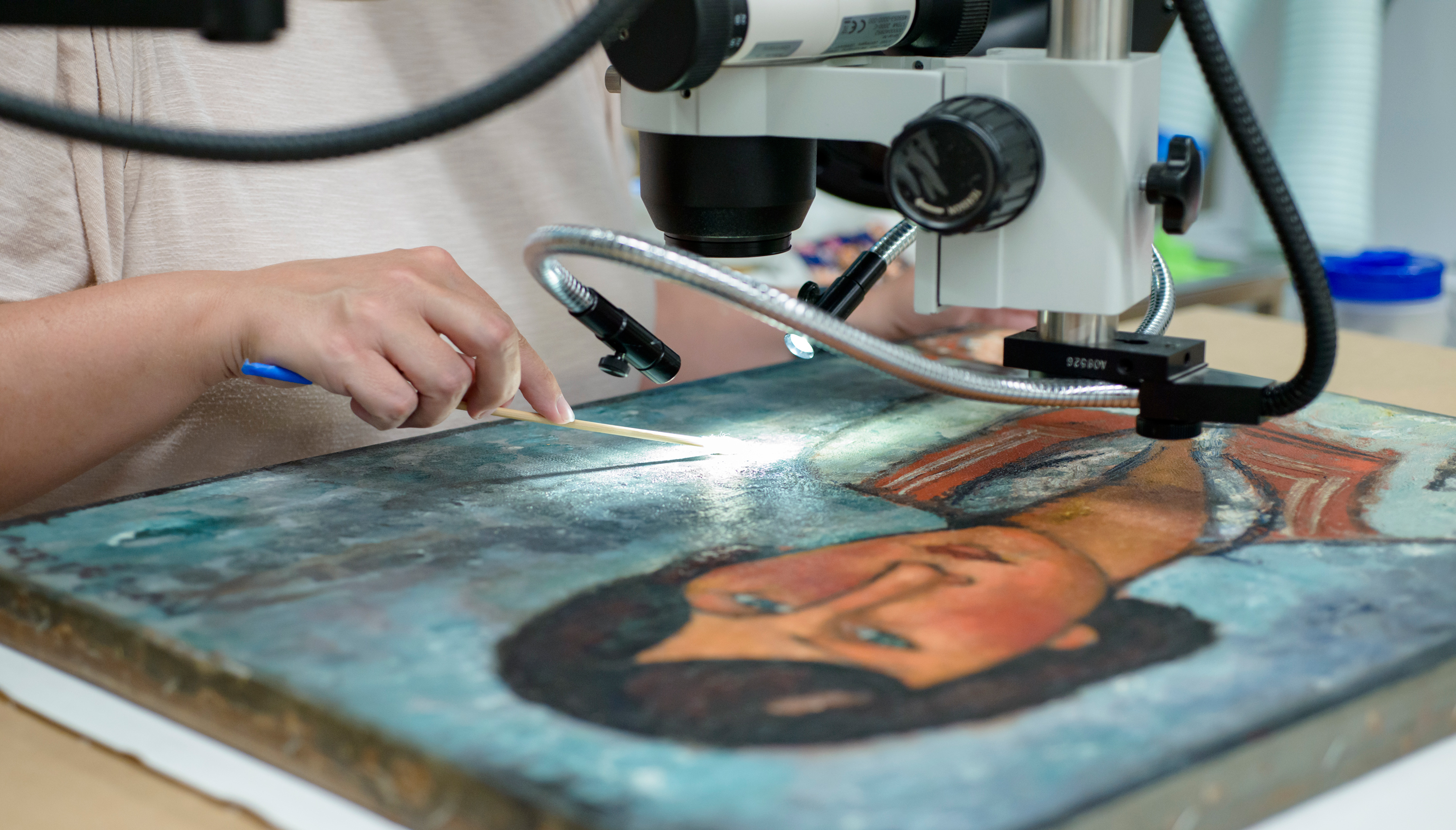
Ask a Conservator Day
Conservators answer questions about how the museum preserves works of art for future generations.


Conservators answer questions about how the museum preserves works of art for future generations.
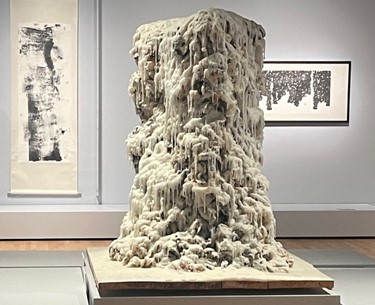
Learn how a little bit of cleaning, repairing, and retouching transformed and stabilized a breathtaking and daring artwork.
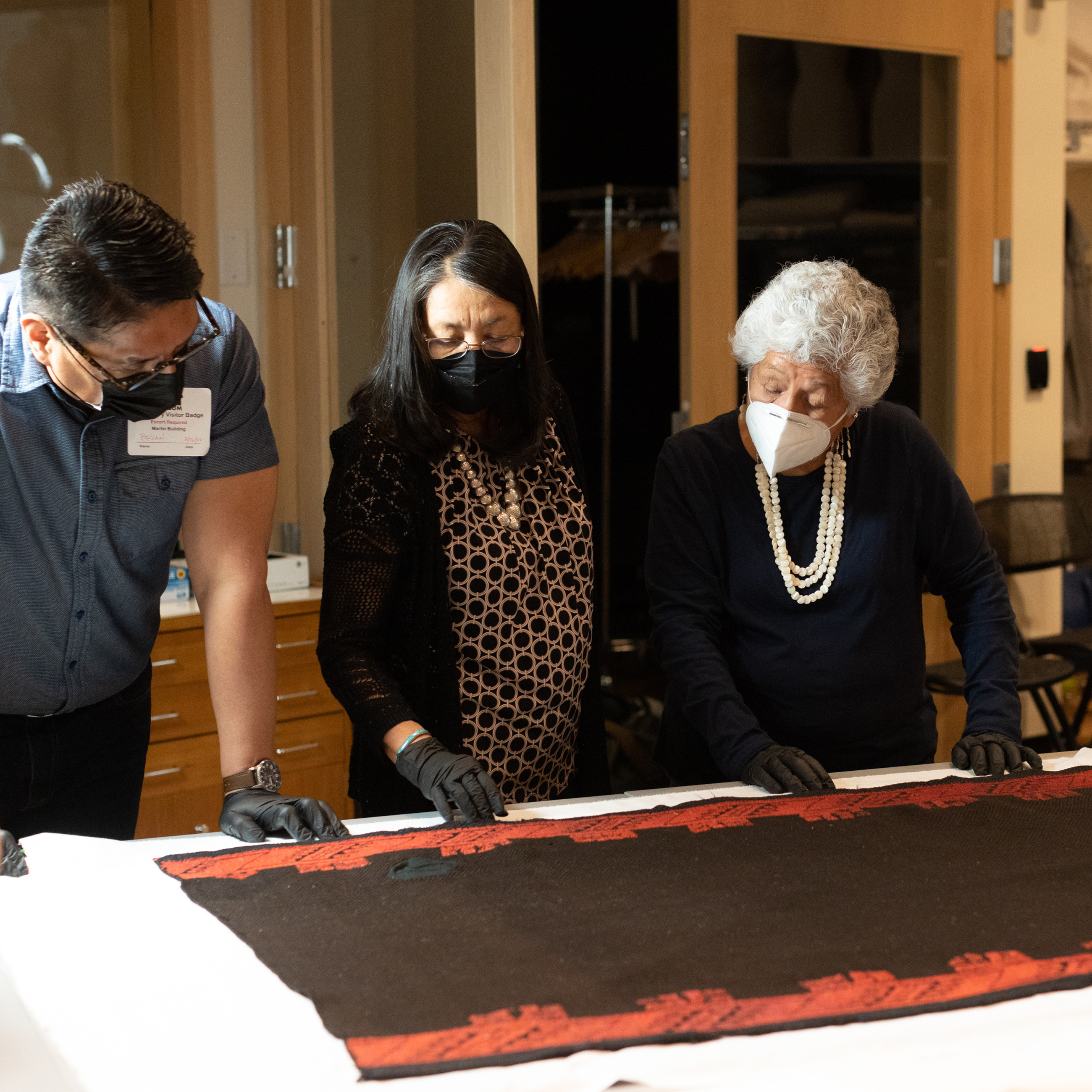
The museum collaborated with Acoma cultural advisors on the care of 12 textiles.

Details and photos of the treatment process.
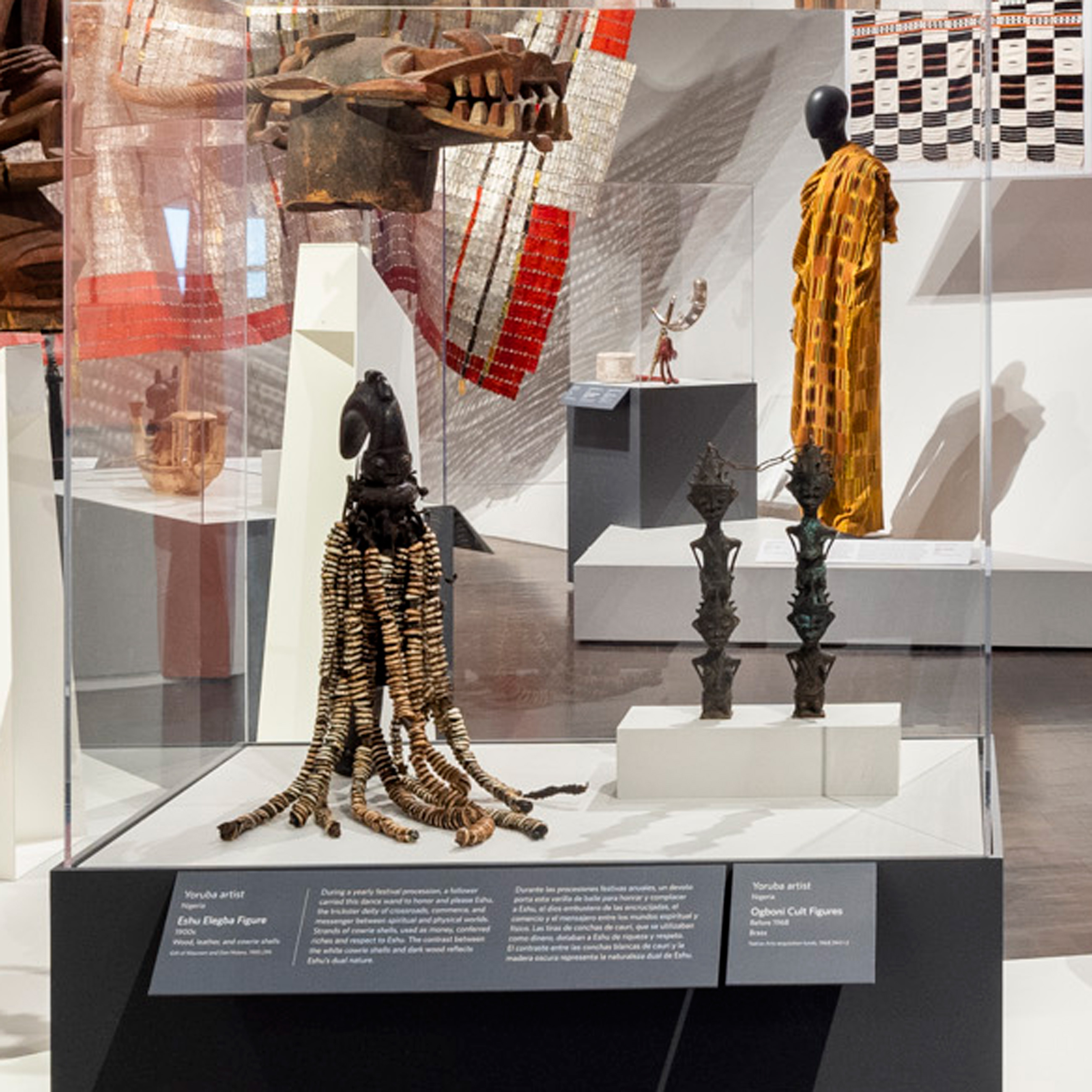
How the DAM is caring for a Yoruba orisa figure on view in the arts of Africa gallery.
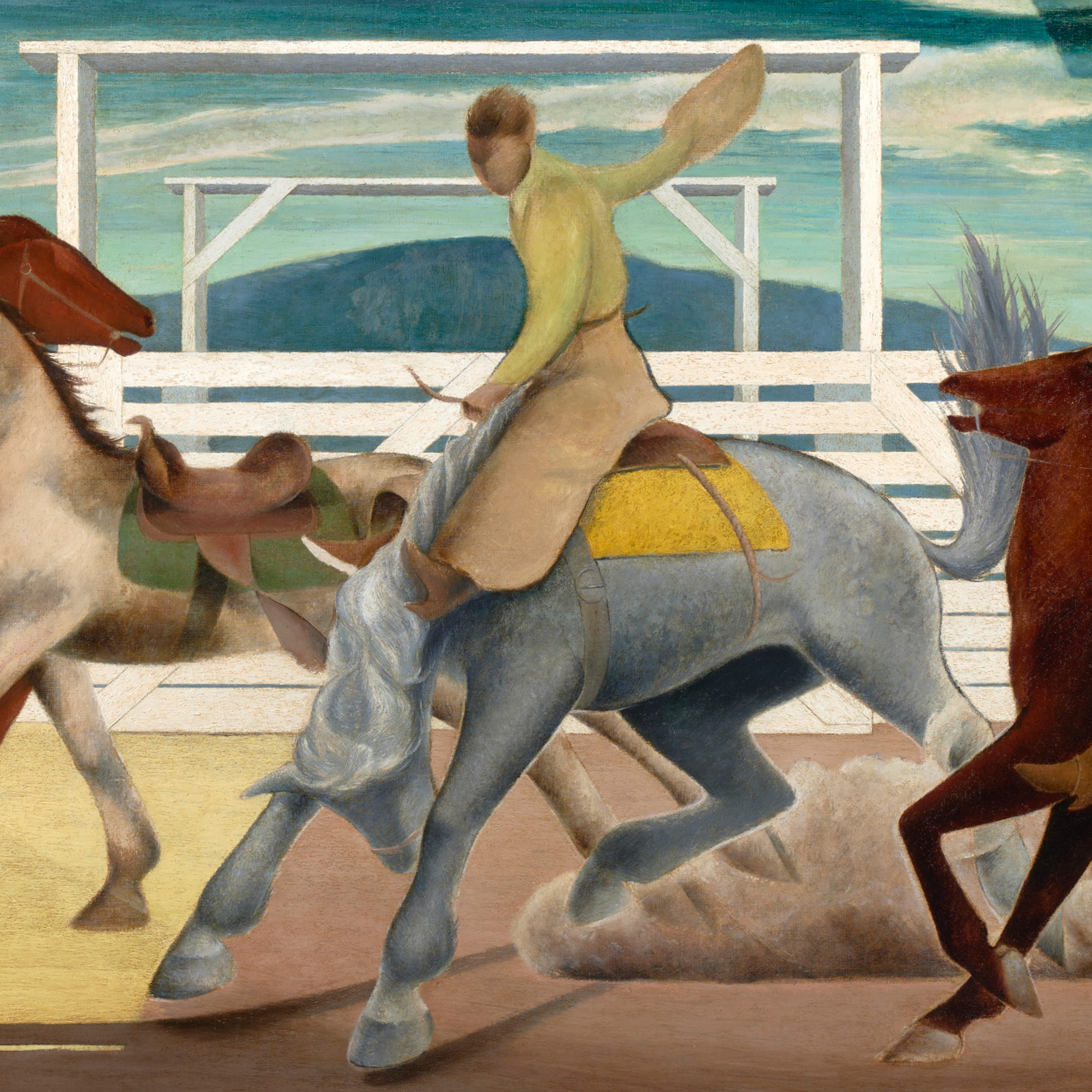
El pintor y muralista de Colorado Frank Mechau (1904-1946) fue un impulsor del Oeste norteamericano como tema para el arte moderno en el país.

Learn about the Colorado artist's 1934 painting.
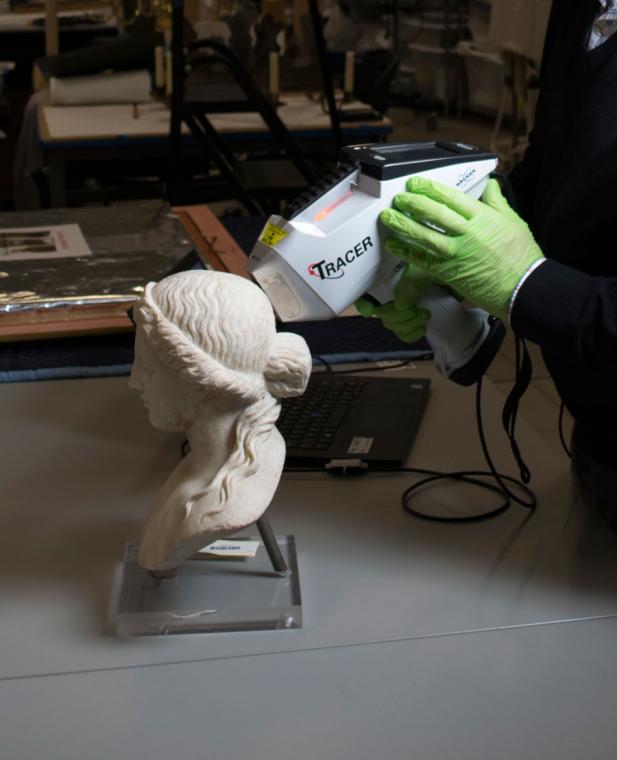
Preparing for The Light Show exhibition gave the Denver Art Museum the opportunity to delve deep into its collection to find artwork and artifacts related to the theme of illumination. It was therefore fitting that a marble bust of Apollo, the God of Light, the Sun, Music, and Prophecy, was selected for a prominent place in this show.
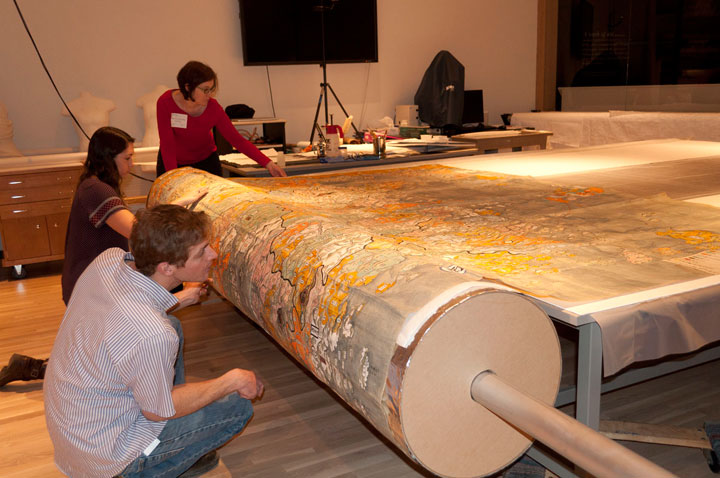
This article tells the story of how the Denver Art Museum conserved this map. To learn more about the map itself read this article. No longer on view.
History, Artistry & Science
Traditional conservation embodies what I like to refer to as the “holy trinity” of disciplines: history, artistic competency, and science. The marriage of these three areas make conservation stand apart from restoration—or simply making something look good or better.
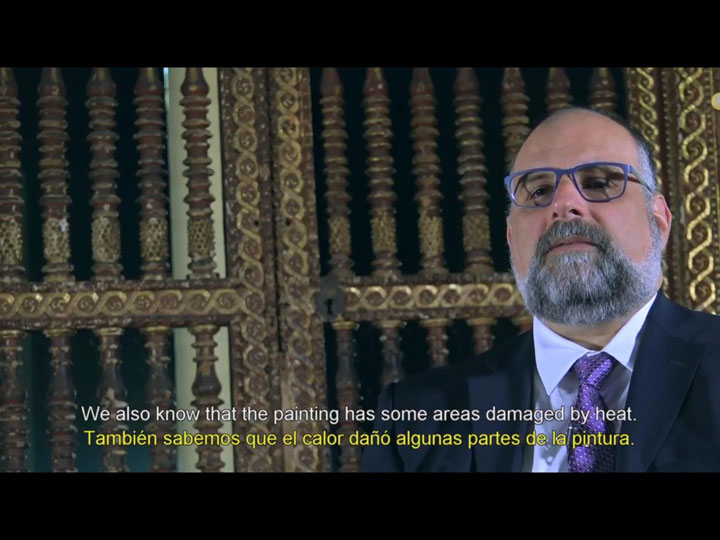
These videos tell the story of how curators, conservators, and educators worked to conserve The Virgin of Valvanera (on view in Revealing a Mexican Masterpiece: The Virgin of Valvanera), a painting created in the 1700s.

Artists have used varnishes to coat their paintings since the 1400s—some claim as early as the eleventh century. Varnishes serve to saturate the paint colors, provide some degree of protection for the paint surface, and to impart an even surface sheen. Some artists have used varnishes as an aesthetic medium, mixing resins into wet paint to create rich translucency or selectively applying them to juxtapose areas of matte and gloss.
Conservation & Varnish
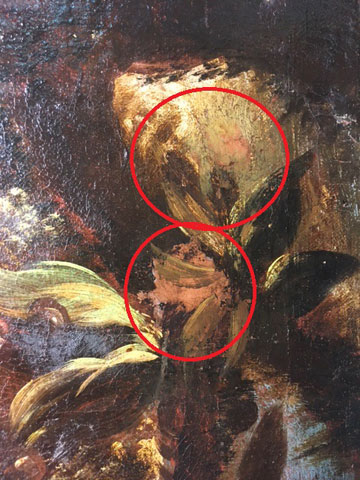
For a painting that is over 300 years old, The Virgin of Valvanera is in remarkably good condition. One would fully expect that a painting of this age has undergone several attempts at restoration (by both skilled and amateur hands). Contrary to what is usually the case, this painting has not incurred major structural damage in the form of tears or losses, has never been lined (i.e. attached to a secondary canvas or solid support material), and has not been severely over-cleaned or extensively repainted.